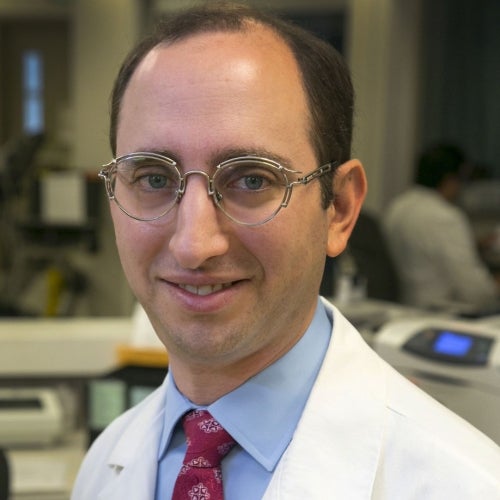Pesticide mixtures may increase health risks but are still unregulated by California, UCLA report says
A UCLA study found that the agency responsible for protecting Californians from the dangers of pesticides is failing to assess health risks.

LOS ANGELES, CA, February 17, 2016 – A UCLA study has found that the state agency responsible for protecting Californians from the dangers of pesticides is failing to assess the health risks likely posed by pesticide mixtures, which are believed to be more harmful than individual pesticides.
The report was published by the Sustainable Technology and Policy Program, which is based in UCLA School of Law and the UCLA Fielding School of Public Health. It recommends the California Department of Pesticide Regulations do more to protect people from the dangers of exposure to multiple pesticides.
"People are exposed throughout their lifetimes to mixtures of chemicals and other agents, including pesticides,” said Timothy Malloy, a professor at both the School of Law and the Fielding School of Public Health, faculty director of the Sustainable Technology and Policy Program and one of the report’s authors. “Increasingly, research shows that pesticide mixtures can interact to cause larger-than-anticipated impacts on public health. Farm workers and local residents are especially at risk, given that they may be exposed to two or more pesticides simultaneously or in sequence.”
The study focused on mixtures of three fumigants — chloropicrin, Telone and metam salts — that are frequently used on high-value crops such as strawberries, tomatoes, tree nuts and stone fruits. Used individually, the pesticides are suspected developmental toxins, and are known carcinogens and respiratory irritants.
But the UCLA report demonstrates that their combined effect may be even greater because the pesticides may interact to increase damage to cells, which could then increase the risk of cancer.
The report notes that the fumigants analyzed in the study can reduce the body’s ability to remove or neutralize toxic substances. The study hypothesizes that pesticide mixtures may increase the possibility of gene mutations and decrease the body’s ability to repair damaged DNA.
The report also shows that some California communities are being exposed simultaneously to these chemicals. Using data from the Pesticide Research Institute, which collaborated with UCLA, the report examined the area near Rio Mesa High School in Ventura County from July 26 to August 3, 2013. The model shows exposure to multiple pesticides at locations such as schools, day care centers and parks.
“Fumigant pesticides are highly toxic chemicals that are likely to vaporize and drift away from the farms where they’re applied and affect people in surrounding schools, houses, businesses and fields,” said John Froines, an author of the report and a professor emeritus of environmental health sciences at the Fielding School of Public Health.
The report concludes that California law requires the Department of Pesticide Regulations and county agricultural commissioners to assess these kinds of cumulative risks when regulating pesticides, but that they have so far failed to do so.
The report acknowledges that assessing the risks of multiple exposures is challenging, but it also finds that it is essential for fully understanding potential adverse effects. The report recommends that DPR and agricultural commissioners evaluate pesticide mixtures and implement regulations to more adequately protect human health, including:
- Testing pesticides that are sold as part of a mixture for interactive toxic effects before approving their use.
- Requiring evaluation of products that are not used as part of a mixture but are used in combination or sequentially with other pesticides to determine the likelihood of interactive effects.
- Considering pesticides’ interactive effects — which may occur either because the pesticides are marketed in combination or because they are commonly used together — in performing risk assessments and establishing management requirements.
Faculty Referenced by this Article

Associate Professor for Industrial Hygiene and Environmental Health Sciences

Dr. Hankinson is a Distinguished Professor of Pathology and Laboratory Medicine, and of EHS, and Chair of the Molecular Toxicology IDP

Industrial Hygiene & Analytical Chemistry































